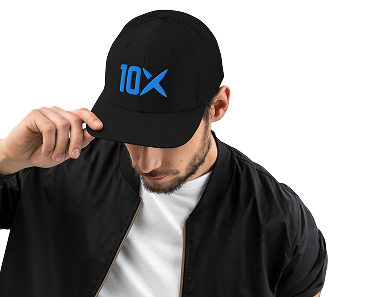How to Sandblast Fiberglass
Sandblasting fiberglass is often more efficient than other coating and contaminant removal methods, but it is only effective with the right abrasive materials, blasting equipment, and the proper techniques. Learn how sandblasting fiberglass hulls can improve your boat maintenance processes.
Can You Sandblast Fiberglass?
Yes, you can sandblast fiberglass, but using a different blasting material is often better.
Because sand was the most common blasting abrasive for decades, many people use the term “sandblasting” for blasting regardless of the abrasive media used. Blasting fiberglass with actual sand is hazardous due to silica content and the risk of silicosis, and other materials — such as coal slag — are likely too abrasive. However, media such as walnut shells, baking soda and superoxalloy abrasives can work well with fiberglass, removing surface contaminants without damaging the substrate.
Wet or vapor blasting, which mixes water with the blasting media, is best for boats with fiberglass hulls. This method propels water and abrasive particles at high speeds and can remove what is left of antifouling paint, sea crustaceans, and debris without destroying the gel coat that protects the fiberglass.
Sandblasting Fiberglass Boats
Boat hulls need frequent reapplication of the outer coating of antifouling paint to maintain their protective properties. In the past, most people removed the outer layer with chemical strippers, scraping, and mechanical sanding. This process is difficult, time-consuming, and potentially hazardous to the environment and people’s health.
Today, vapor blasting is quickly replacing sanding for fiberglass boat maintenance. Blasting is much easier and faster than traditional processes, even with power tools like electric orbital sanders. Sandblasting fiberglass boats with the right abrasive media safely removes surface contaminants, including:
- Dirt
- Mold
- Paint
- Gel coats
- Corrosion
- Barnacle growth
This process can remove several layers of paint in one pass, quickly leaving the surface prepared for new coatings. Blasting also improves the quality of new coatings by leaving a cleaner surface with a higher surface area, yielding better adhesion.
Vapor blasting, in particular, is often the best way to remove paint and other contaminants in preparation for reapplying an antifouling paint. Most water vaporizes during blasting, but the media and debris particles are wet enough to fall to the ground rather than become airborne. Cleaning up the damp media and debris is easy. This often eliminates the need for building expensive and time-consuming dust containment enclosures.
Choosing the right abrasive blasting media and using the most effective techniques are essential to proper maintenance and extending your boat’s life span. Many media types can leave pitting or create an otherwise irregular surface, which means you must use an epoxy filler coat or sanding to even out the surface. Most abrasives also leave particles behind, which get embedded in the subsequent coating and can cause an uneven finish and lower the bond strength between the substrate and the coating.
Why 10X Abrasives Are the Best for Blasting Fiberglass
If you’ve decided to sandblast your boat hull, 10X blasting media products are the best choice. Our patented superoxalloy blasting media is made from mineral wool, which is safer for workers and the environment than other abrasives.
This superoxalloy abrasive produces less dust, which means higher visibility and a safer workplace. It’s also the only biosoluble abrasive media available today. The World Health Organization (WHO) International Agency for Research on Cancer (IARC) Agency reviewed studies of human and animal exposure to mineral wool dust in high concentrations over long periods and determined it is biosoluble in the lungs and noncarcinogenic.
10X abrasives are also more efficient and cost-effective than other media. Our tempering process creates extremely strong, amorphous particles that resist breakage from every side and can be blasted at higher pressures than other products. Since this media does more work than weaker particles, using it lowers the cost per square foot, reducing overall job costs.
Our EpiX superexalloy abrasive products are suitable for vapor blasting fiberglass boats and is ideal for ships. It comes in three grades and is available in quantities as small as 50-pound bags.
Shop Blasting Material From 10X Engineered Materials
When you’re shopping for blasting media, make an engineered decision and choose 10X Engineered Materials. To learn more about our superoxalloy abrasives, reach out to us today!





